Canine Euthanasia: The Process and Coping with Loss

By Evelyn Harcourt
februari 04, 2025 - 1 min read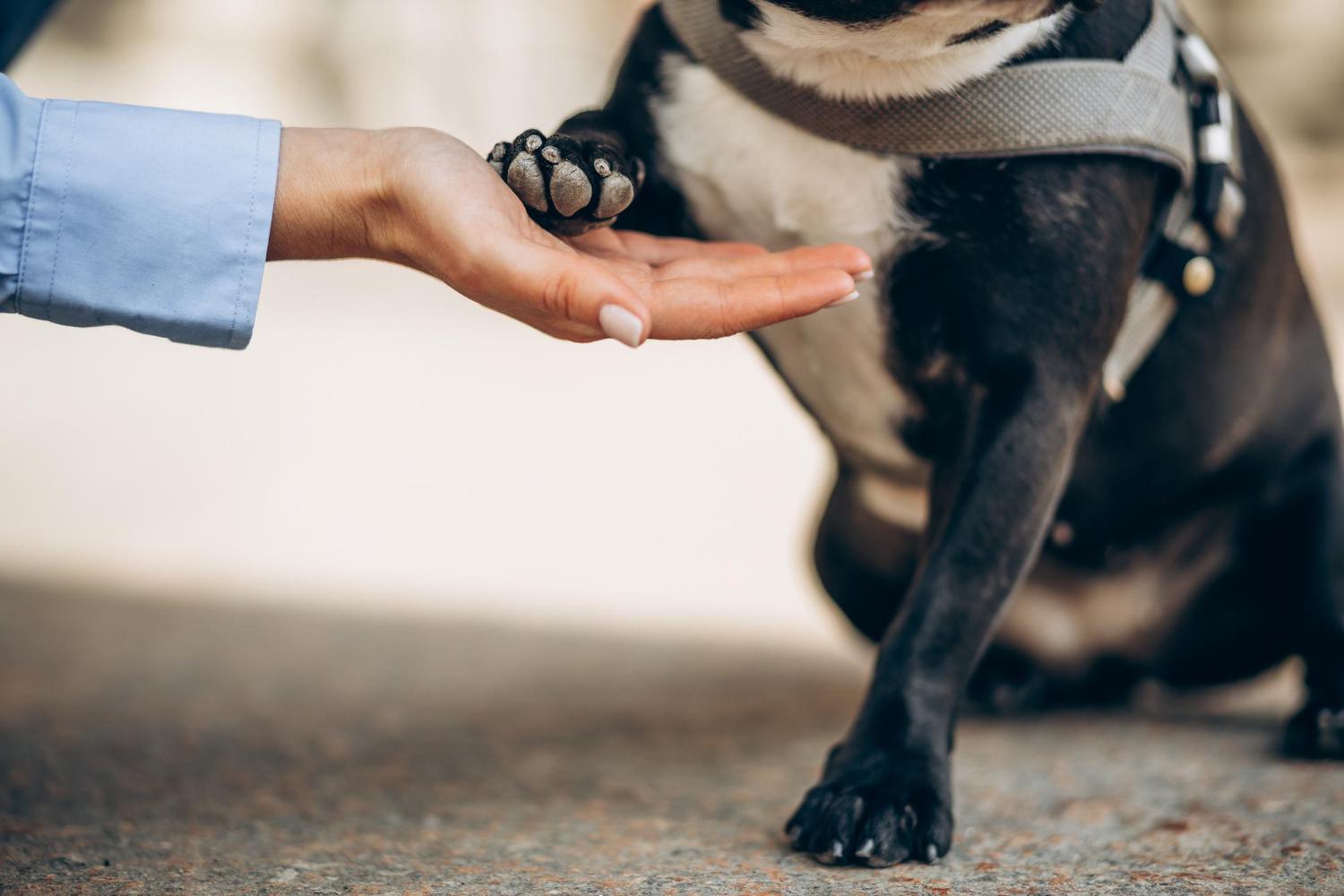
Although canine euthanasia is usually how a pet dog’s life will come to an end, it is not something widely talked about. Understanding what goes into the decision-making process and being aware of how the procedure is carried out is hugely important.
This article discusses having a dog put to sleep when necessary. It describes the euthanasia procedure, what happens to your dog afterward, and how you can create meaningful and lasting keepsakes.
What is Canine Euthanasia?
Euthanasia is another word for ending an animal’s life or putting them to sleep. Vets will perform euthanasia very commonly to prevent suffering and allow animals to pass away with dignity and in peace.
The ‘five freedoms’ for animal welfare outline the basic conditions that must be met to ensure the pet is living a life free from pain and distress. When these five freedoms cannot be met, euthanasia must be considered. They are:
- Freedom from hunger and thirsty
- Freedom from discomfort
- Freedom from pain, injury, or disease
- Freedom to express normal behaviour. This includes social interaction and things like going on walks and playing.
- Freedom from fear and distress
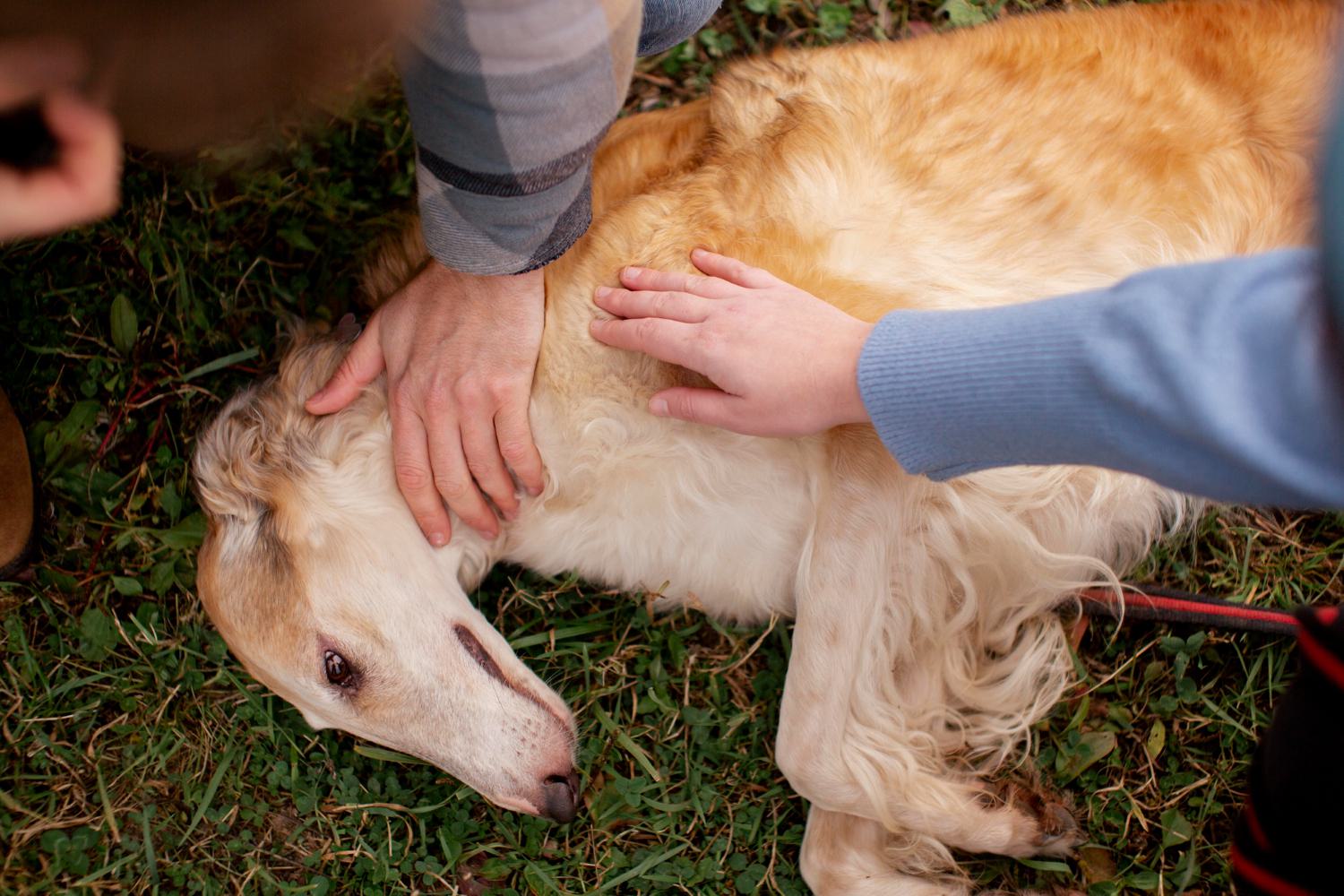
Defining Euthanasia for Dogs
Canine euthanasia is defined as painless killing to relieve suffering. It is a humane way to end a life, without causing the pet any pain.
When is Euthanasia Considered?
Euthanasia may be appropriate in a number of situations, and there is no definitive answer as to which dog should be euthanised and when, as it depends on a range of factors.
Reasons for Canine Euthanasia
Let’s take a look at some of the more prevalent reasons pet dogs in the UK are put to sleep.
Advanced Age and Quality of Life Issues
Sadly, with aging comes an inevitable decline in physical and mental abilities. This is a gradual and slow process for some dogs, while others may become unwell quite quickly.
Mobility Challenges
Though any dog can struggle with mobility, this is typically more of an issue for larger breeds. They cope less well with joint pain, and many will have arthritis, spondylosis, and hip dysplasia.
A dog should be able to move about independently; going from one room to another, keeping up on walks, and posturing to go to the toilet when they cannot can be distressing for them.
Chronic Pain and Suffering
When a dog cannot get about easily, is stiff, or has joint pain, medicine, including pain relief and anti-inflammatories, should help immensely.
However, these medicines cannot mask all pain, especially when a dog’s disease is advanced. With time, they will no longer have the impact they once did.
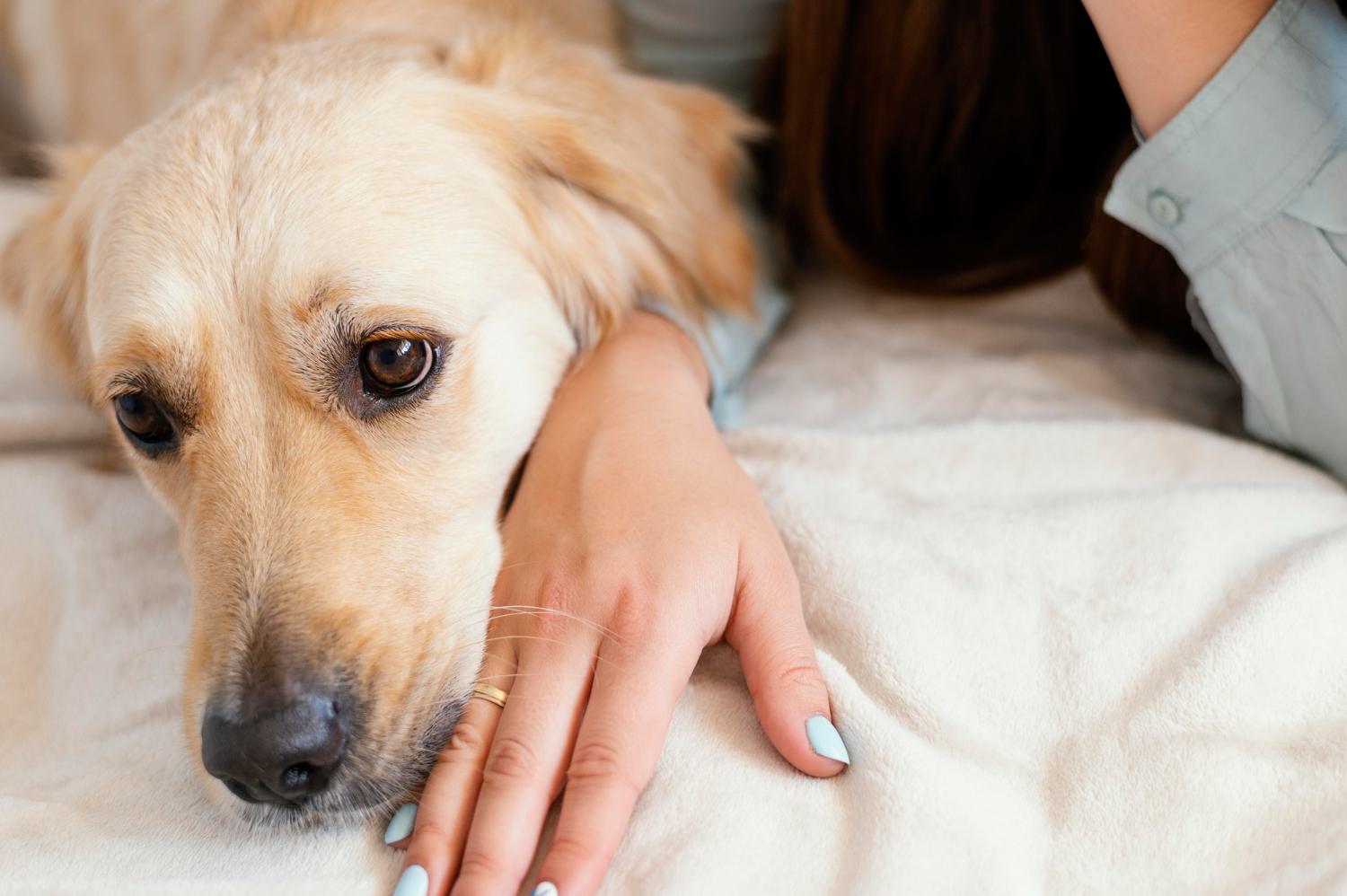
Terminal Illnesses in Dogs
There are a number of illnesses in dogs that cannot be cured, and that will inevitably result in them passing away.
Cancer
Cancers, including haemangiosarcoma of the spleen, oral melanomas, or osteosarcomas, are generally not ones we can fully treat, as they tend to spread around the body before diagnosis.
Though interventions such as chemotherapy and surgeries can prolong life, ultimately, most dogs will succumb to the disease in the end.
Organ Failure
Kidney, liver, and heart failure are conditions we see a lot in senior dogs. These are progressive medical issues that cause worsening signs with time. While medicines and lifestyle changes can sometimes help dogs cope initially, as things progress, their quality of life will become unacceptable.
Progressive Neurological Conditions
Conditions, including degenerative myelopathy and ‘wobbler syndrome,’ get worse with time, regardless of what we do. Dogs tend to cope well when first diagnosed, but we need to intervene once they start to struggle.
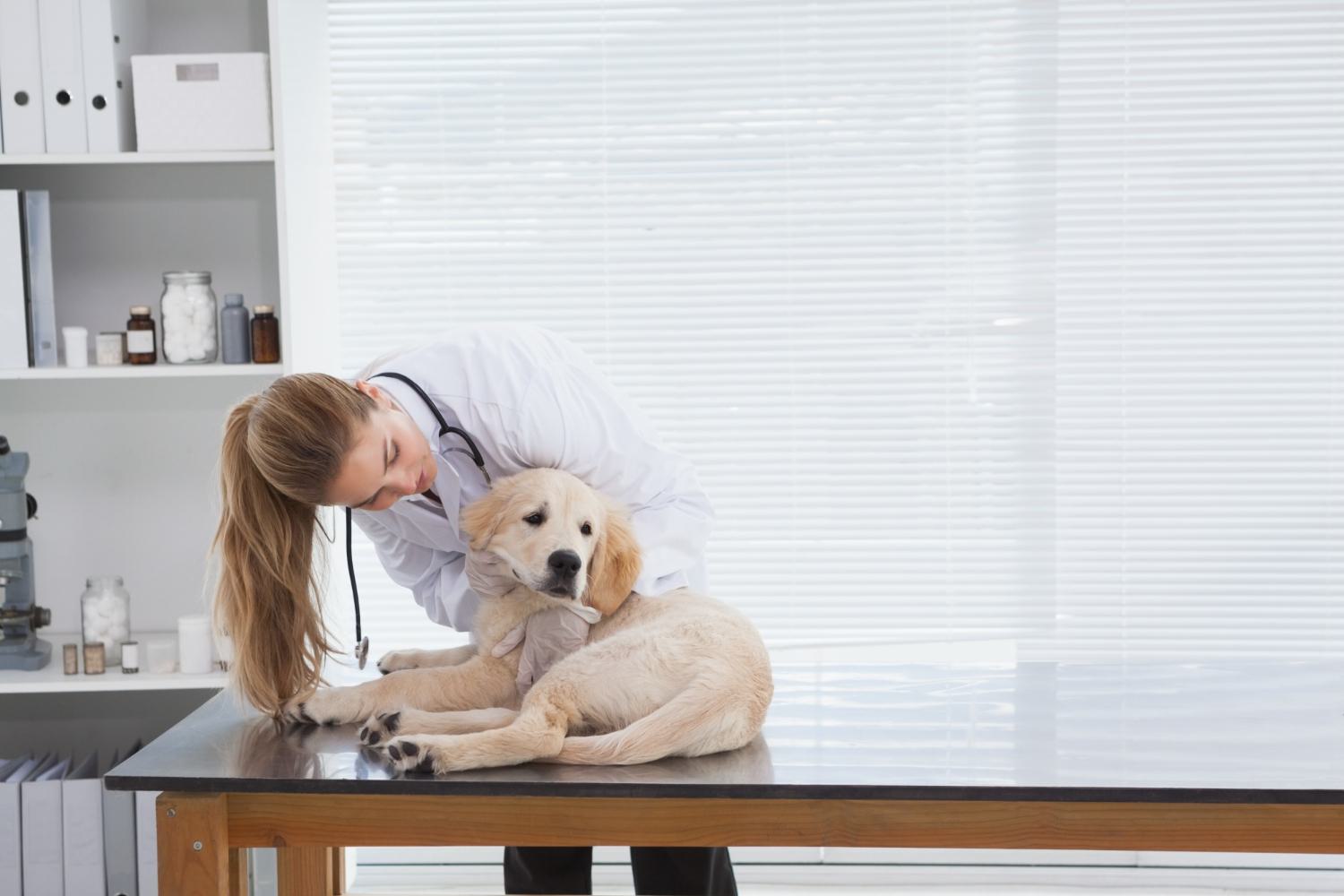
Behavioral Concerns
While we tend to think of euthanasia as a way to help a dog who is sick or in chronic pain, it may also be necessary for those with advanced behavioural disorders.
Severe Aggression
A dog that bites or attacks is not always safe to have as a pet. This is especially true in family settings or where owners fear for their safety.
Aggression can have a range of triggers, including anxiety, pain, fear, and maternal instinct. Some dogs are more genetically prone to aggression, regardless of their environment.
Behavioral Disorders Affecting Quality of Life
Some dogs struggle to cope with day-to-day life, whether it be due to severe separation anxiety, noise phobias, destructive tendencies, compulsive disorders, or a fear of people.
Though most behavioural issues can be managed with the help of a training programme (and sometimes anxiolytic medicine), in some of the most severe cases, euthanasia will be considered.
The Euthanasia Process
Some people would rather not know much about how their dog is put to sleep. For others, knowing the ins and outs helps them feel prepared and gives them a sense of being more in control.
Preparing for Euthanasia
It is strongly advised to start thinking about euthanasia long before it is needed. This way, you and your family can feel ready when the time comes and can be happy that your decision has been thought through.
While this won’t be possible in every case, all owners of senior dogs should start to consider what the end may look like.
Discussing the Decision With Your Veterinarian
Vets welcome discussions about end of life and are well equipped to talk to you about what it entails and when you should be thinking about letting your dog go. They can guide you through what happens and can answer any specific questions you may have for them.
Though it may seem a little macabre, some vets now include a chat about euthanasia as standard during every wellness exam or vaccine appointment for a senior pet.
This is something that should be welcomed, as the more we normalise canine euthanasia, the less guilt and fear that will surround it.
Choosing the Right Time and Setting
There are a number of ways that euthanasia can be carried out, and what you opt for will depend on your dog’s personality, your vet’s availability, your finances, and your general preferences.
Most dogs are put to sleep in the consult room with their owner present. However, owners can leave after (or even before) sedation if they prefer.
It is also sometimes an option to have your pet put to sleep in your own home. This would be more common in emergencies or for very unwell dogs struggling with mobility. Always call your emergency vet first to discuss the options available.
What Happens During Euthanasia?
Every vet will have their preferred way of carrying out euthanasia, so it is sensible to ask your vet directly what to expect. However, most clinics will carry out a similar method.
The Administration of Sedatives
A dog may initially be sedated to help reduce anxiety and prevent aggression. This sedation can be given via an intramuscular injection (which takes about 20-30 minutes to kick in), or an intravenous injection (which acts within a matter of minutes).
The sedation helps your dog stay calm, so it won’t mind being held still and will be able to pass away without struggling or worrying about what is happening.
The Euthanasia Injection
The final injection is an overdose of a barbiturate (anaesthetic). It is usually a yellow or blue liquid. The dog feels no pain, and to them, it is like they are going under a general anaesthetic.
Most vets inject this through an intravenous catheter into the front arm. However, it may be given elsewhere (such as into an organ or the lining of the abdomen). It is not unusual for cats to be injected into their kidneys, while some poorly dogs may be injected into their livers.
This may be appropriate in cases where venous access is difficult, or the animal's blood pressure is very low. Animals should always be sedated before this type of injection is given.
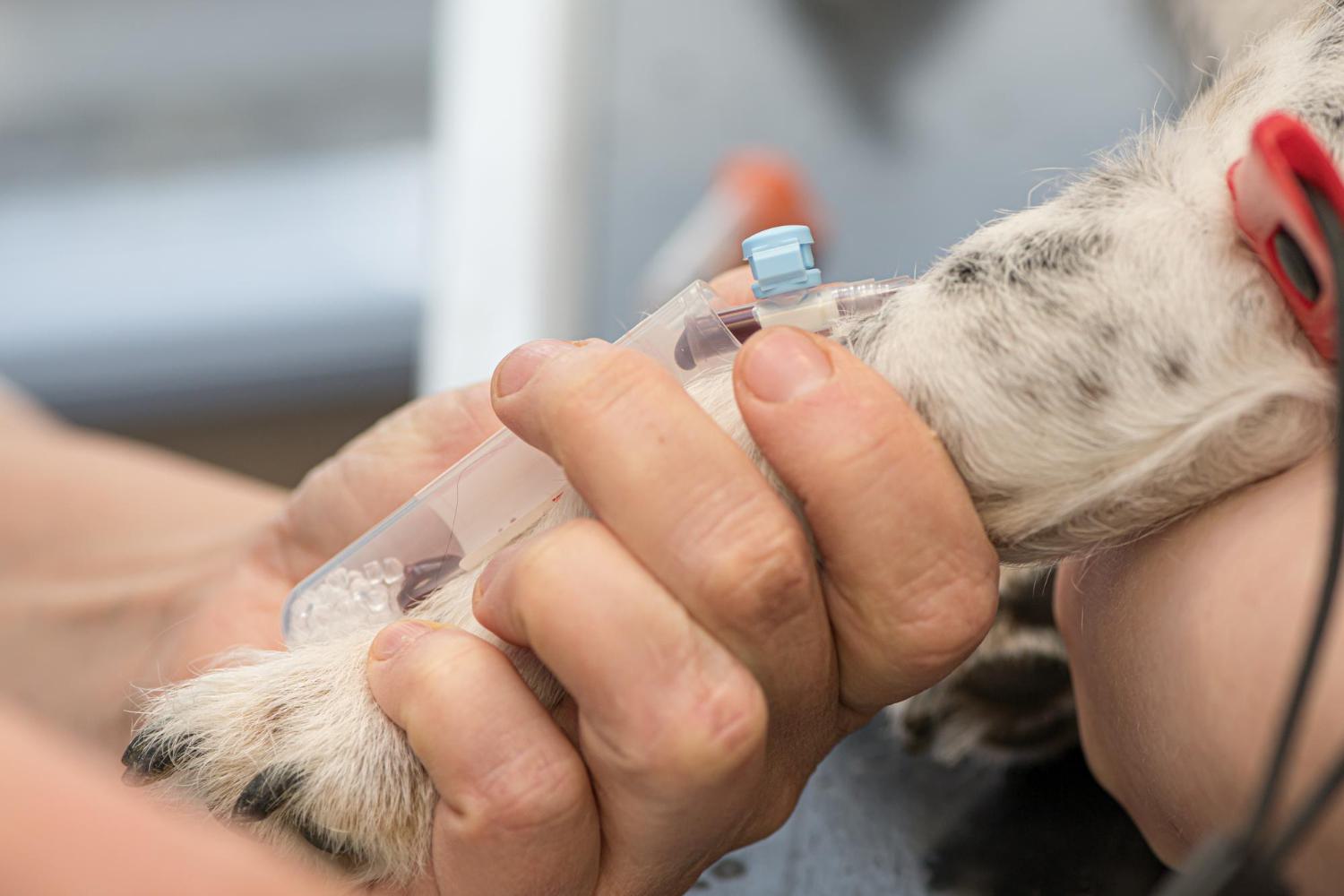
After the Procedure
As your pet passes, your vet may encourage you to stroke or talk to them. The time it takes them to die is variable, but it can be as few seconds.
Once they’ve stopped breathing, your vet will check for a heartbeat and feel for any pulse, letting you know once they have passed.
What Happens Once the Dog Has Passed Away?
You should be able to spend a little time with your dog afterward if you wish to. The vet will usually leave you alone for this. Some owners like to take a fur clipping or talk to their pet for a little longer.
You can leave once you feel ready, and the staff at the veterinary clinic will treat your deceased pet with the care, dignity, and respect they deserve.
Where Are They Kept Afterward?
You may take your dog home with you if you want to bury it on your property. Otherwise, it will be placed into cold storage in the veterinary clinic. A pet cremation company will then collect it and bring it to the crematorium.
Options for Memorialising Your Dog
You can ask the vet staff to keep a fur clipping of your dog for you or perhaps to make a paw print using ink and paper. Depending on the clinic, a clay paw print might also be an option.
You may wish to have your dog’s ashes back, to scatter them somewhere meaningful, or to have an urn. If you do not want the ashes back, you can ask for your dog to be buried at a pet cemetery or for them to be cremated as part of a ‘general cremation’ rather than individually.
Some owners like to keep some ashes to make keepsakes like jewellery or artwork. This can help as part of the grieving process and can be a lovely way to remember your beloved pet.
Another option is to plant flowers, saplings, or perhaps a rose bush to commemorate your dog and their life.
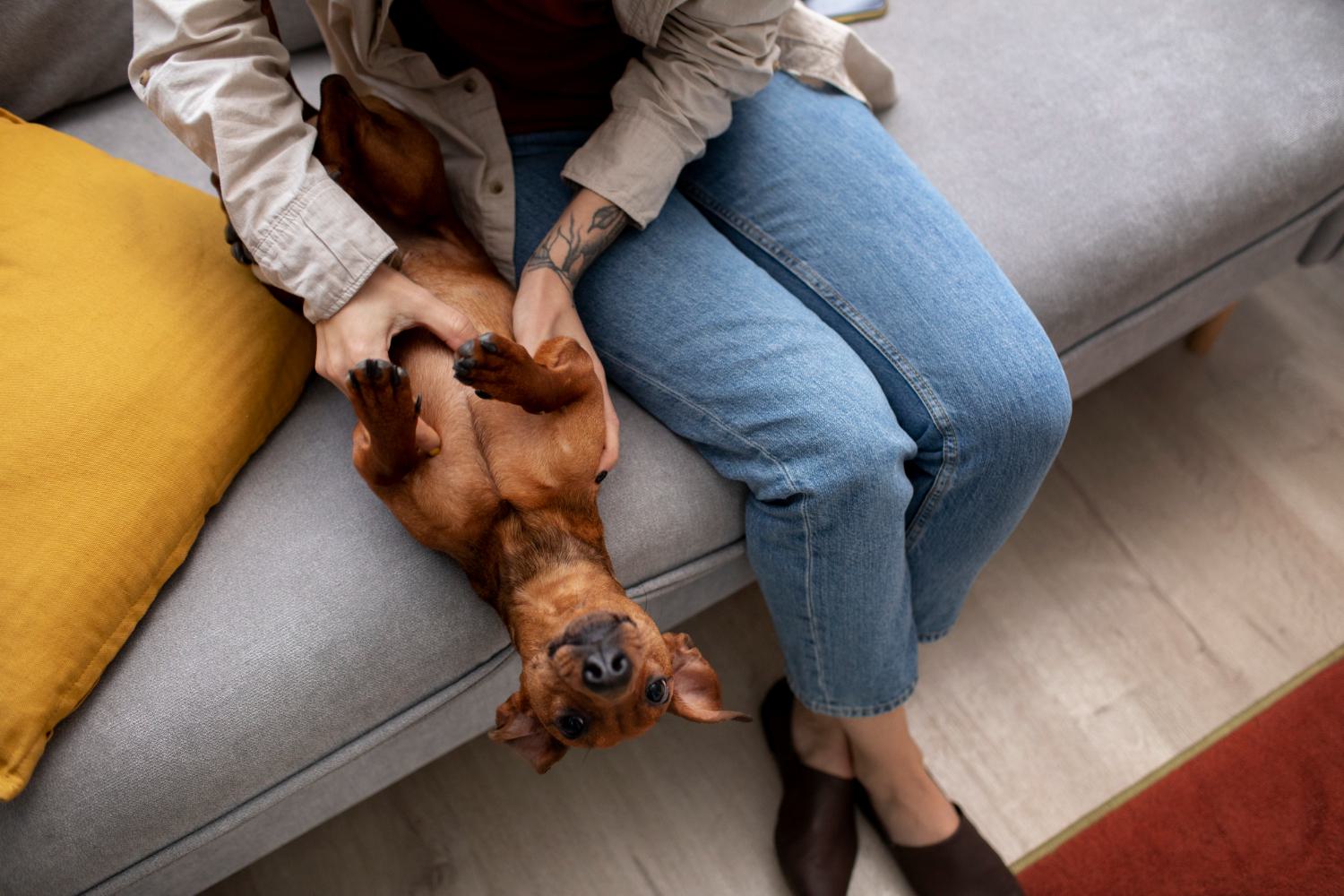
Coping with the Decision and Grief
It does not feel natural to make the decision to end your pet’s life. Indeed, your job since you brought them home has been to keep them safe and healthy. However, letting a sick animal die peacefully and with dignity should be seen as one of the greatest gifts that you can give them.
Emotional Challenges of Euthanasia
There is no denying that putting your pet to sleep is a hugely emotional time. Everyone will react differently, but it is normal for people to struggle with the complexity and finality of such a decision.
Dealing with Guilt and Regret
It is rare that an owner is fully prepared to let their animal go and has no feelings of uncertainty or doubt. They often feel a great deal of guilt, and many wonder if they could have done more, and if they made all of the right decisions for their pet throughout their life.
Similarly, it is not uncommon for owners to feel regret after their pet has died and to question what they have done. All of these feelings are valid and to be expected, though this does not make them any easier to deal with.
Seeking Support from Family and Friends
Where possible, it is a good idea to talk to those close to you about what you are going through and to lean on them in your time of need. Losing your pet is a huge emotional trauma. It can sometimes feel like a more profound loss when you have been the one to bring them to the vet clinic for their euthanasia.
Bereavement Services
There is a range of counseling options available for bereaved owners, including some coping strategies and a listening ear. The Blue Cross, for example, has a phone service that is open to all owners, whether clients or not.
Honoring Your Dog’s Memory
Once your dog has passed on, it can feel like there is a large hole in your life. Many find the first months especially difficult, trying to get used to life without your sidekick.
There are some things you can do to help you during this sad time.
Letter Writing
It can be helpful to write to your dog once it has passed away. This is especially nice exercise for children, who may be struggling to put into words how they have been feeling since the death. It is a nice way to say a final goodbye and to let your pet know how much they meant to your family.
Celebrating Your Dog’s Life
Just like you might for a human, you may wish to celebrate the end of your dog’s life with a ‘sending off.’ This may include gathering the people who loved him, talking about the silly things he got up to, and sharing photos and videos.
Letting Your Dog Die Naturally
Sometimes, an owner will assume that it is ‘better’ for a dog to die naturally and to avoid euthanasia. This is rarely the case.
At the end of a dog’s natural life, they can go days or weeks without eating or drinking much, feeling nauseous, experiencing weakness, and being unable to move about as normal.
Vets are advocates for pets and champion euthanasia with good reason. They’ll have seen many dogs who were put to sleep too late or who passed naturally and who suffered unnecessarily.
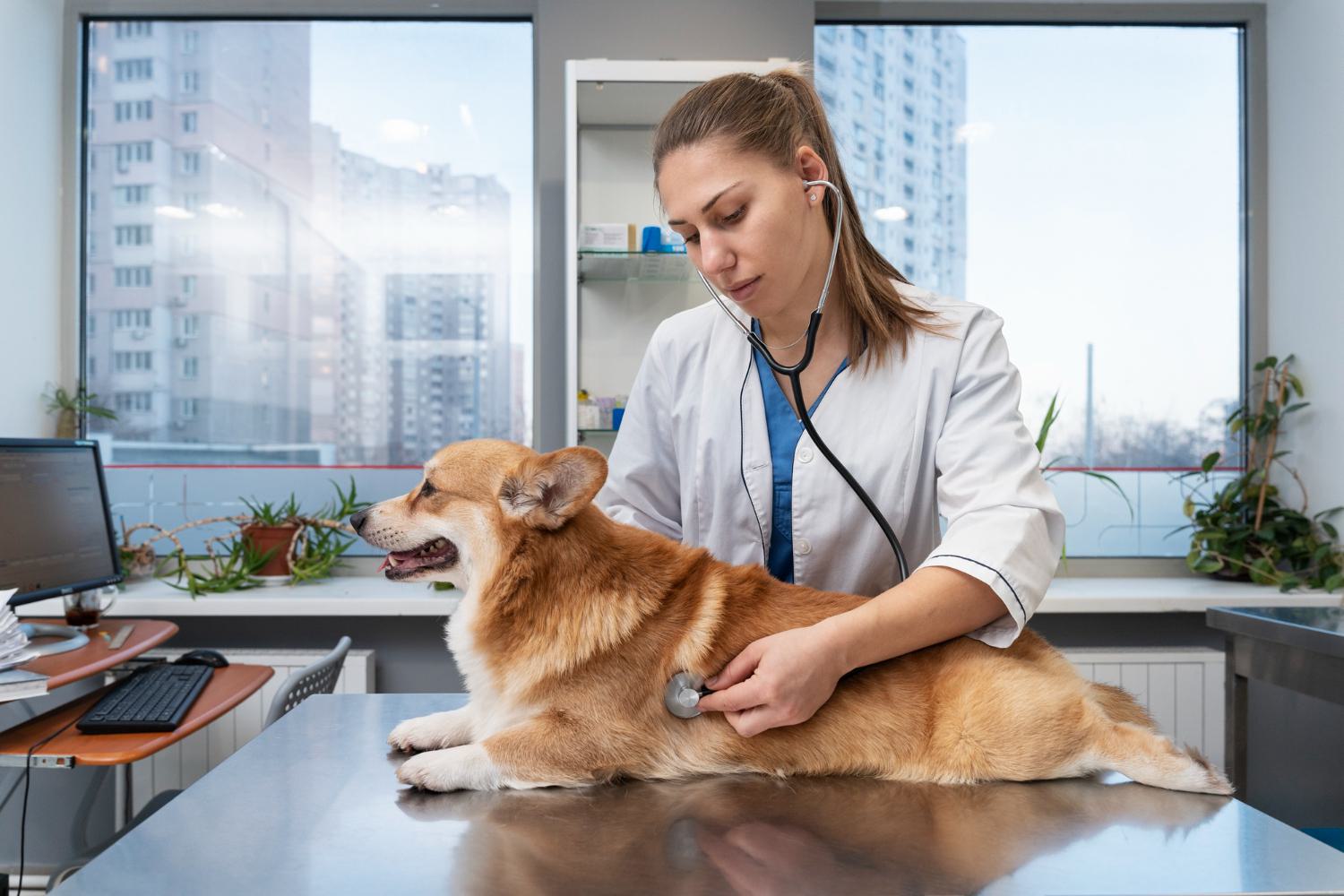
Knowing When It’s the Right Time
It is important to stress that there is no ‘the right time’ to let an animal pass. Owners should not put off euthanasia in the hope that they’ll ‘just know’ when to say goodbye. Ultimately, a decision should be made once a dog has more bad days than good days, or when their quality of life is no longer acceptable.
Remember, it is better to let your dog pass a week too early than to keep it a day too long. Your vet can help guide you, and you should try objectively assessing the situation. If undecided, it may help to talk things through with a loved one or to fill out a ‘quality of life’ questionnaire.
Get More Advice on Canine Euthanasia
Our staff are here to talk you through the euthanasia process, and you are always welcome to contact us, if you think it may soon be time to let your dog go.
Continue reading

Signs a Cat is in Pain and How to Recognise Them
Learn how to recognise pain in your cat and the subtle signs to look out for.
Read article
What to Do If Your Dog Eats Chocolate?
Learn what to do if your dog eats chocolate and the signs of toxicity to look out for.
Read article
Signs of Hypothermia in a Dog and How to Treat It
Learn the signs of dog hypothermia and how to treat it quickly and safely.
Read article